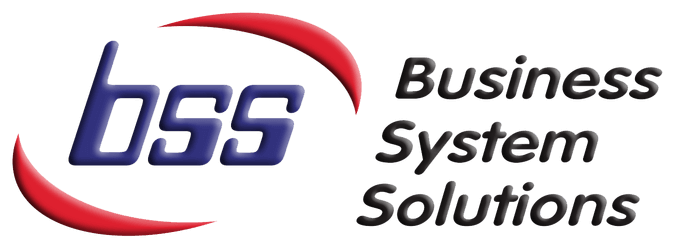 This is the second part of a multipart series on common types of malware and other computer hazards. For those who have managed services with Micro Visions, we’re keeping an eye on threats for you. However, there are always small things you can do to further protect yourself.
This is the second part of a multipart series on common types of malware and other computer hazards. For those who have managed services with Micro Visions, we’re keeping an eye on threats for you. However, there are always small things you can do to further protect yourself.
Part 2: Spyware
Spyware is a type of malware that allows hackers to see and collect personal information. This includes browsing history and data stored on the hard drive. Hackers can then use it themselves or sell the information to third parties. Another common problem occurs when spyware uses too much of your computer’s resources and jams the works, so to speak. Either way, spyware is a problem.
The trouble with spyware is that it’s an extremely sneaky independent executable file. Sometimes permission for its download hides in the terms and conditions of programs (couched in heavy legalese, naturally). Some types of spyware can adjust the settings of the user’s internet browser so that opening the browser immediately redirects to an advertisement. This is distinct from adware. While spyware collects information about your computer and internet use for ads, adware is typically only ads that pop up on your computer to support a free program or something similar. Adware is usually innocuous; when it becomes malicious, it is often reclassified as spyware.
What to do?
So how do you dodge this super sneaky malware? Antivirus software is a good way to go. Micro Visions can research and apply this for you. It sometimes happens that legitimate software becomes infected by spyware, so tackling this is a bit trickier than just not clicking on weird things. Unfortunately, spyware typically runs in the background and therefore is difficult to detect and remove without monitoring. However, it will help to keep your operating system up to date. There’s also certainly no harm in not clicking on sketchy links.




